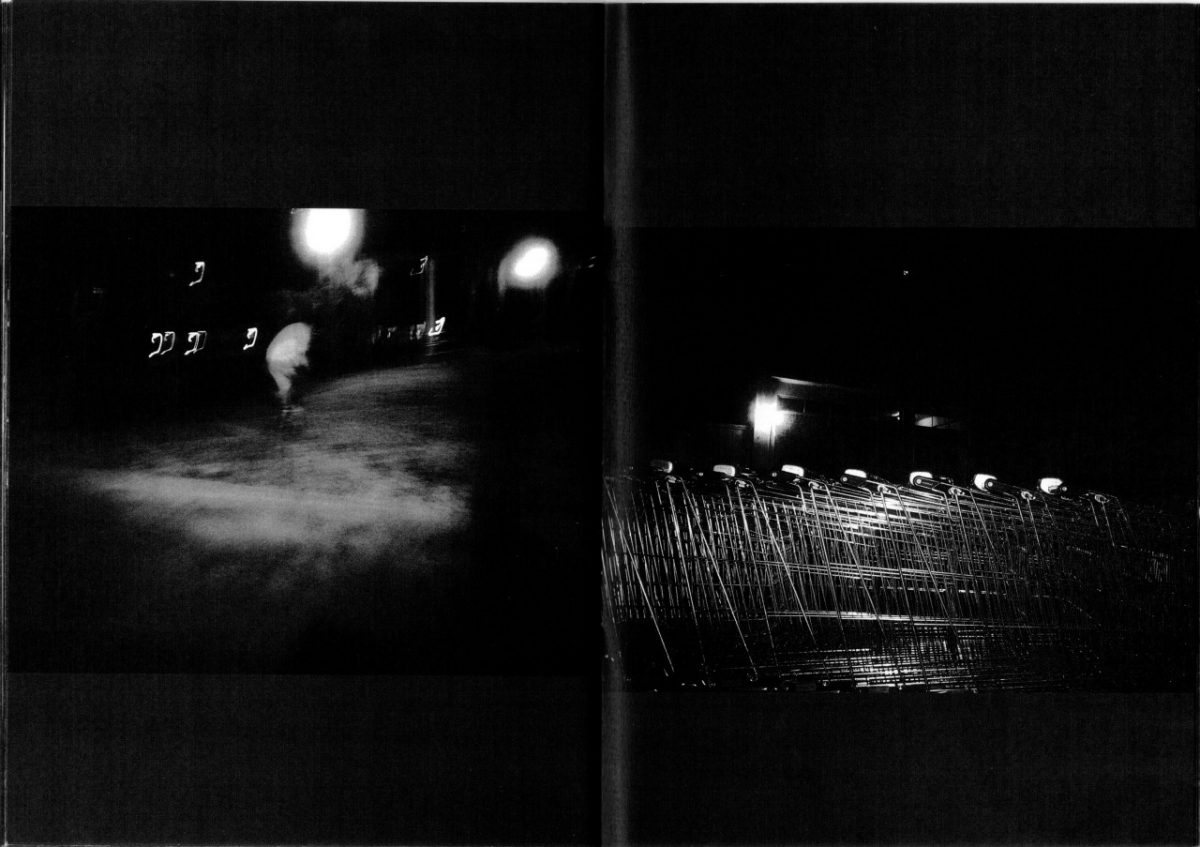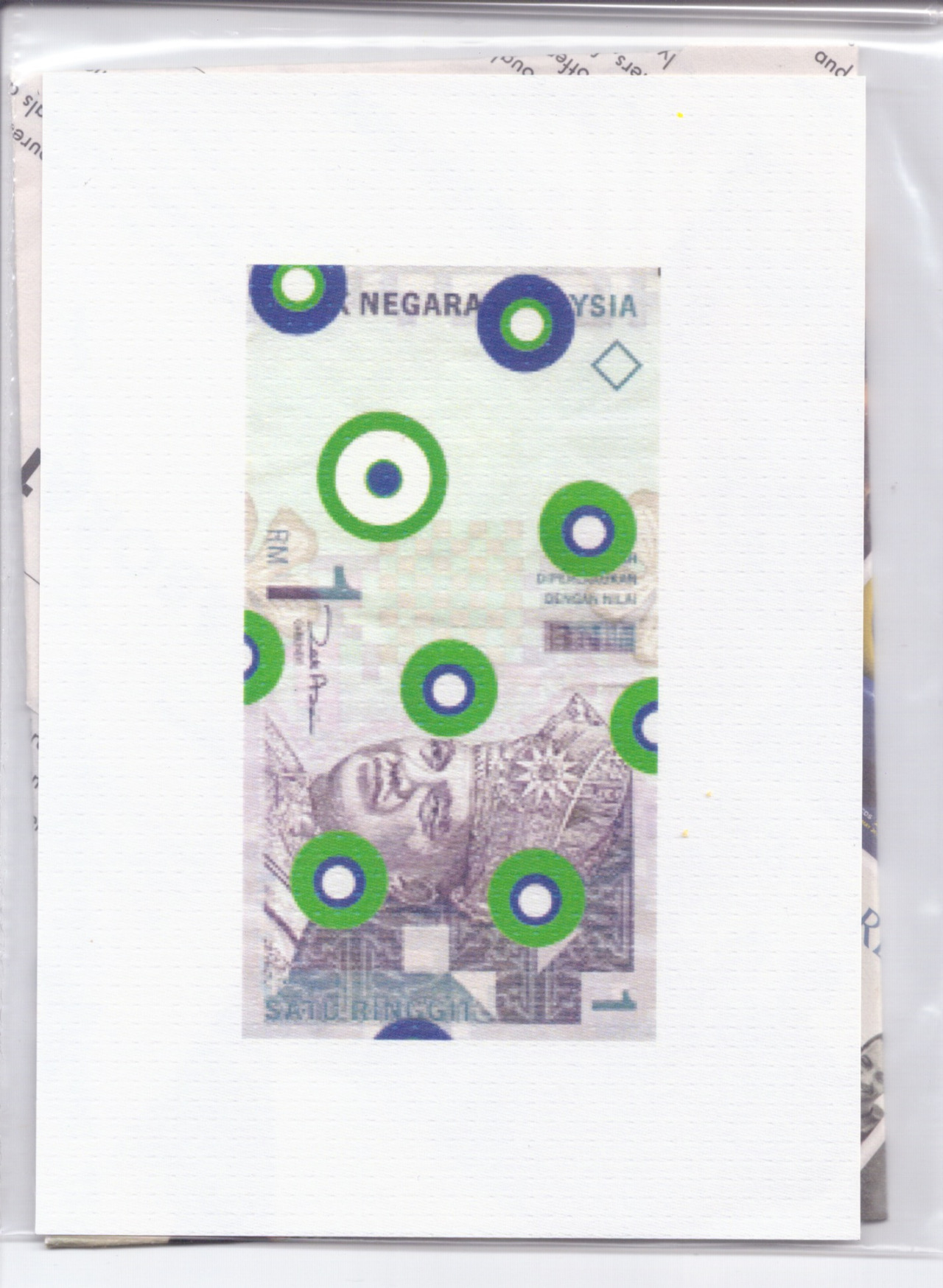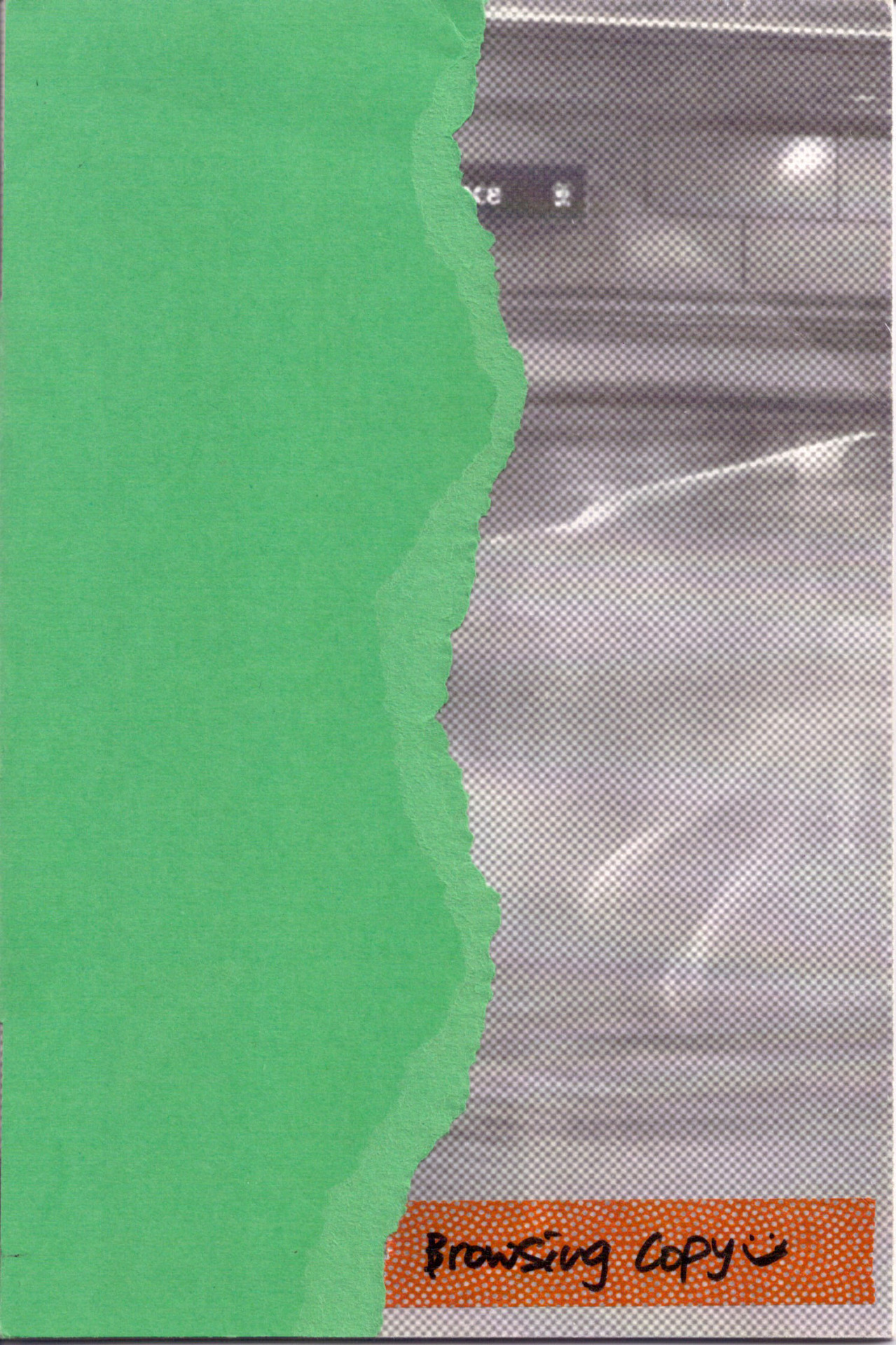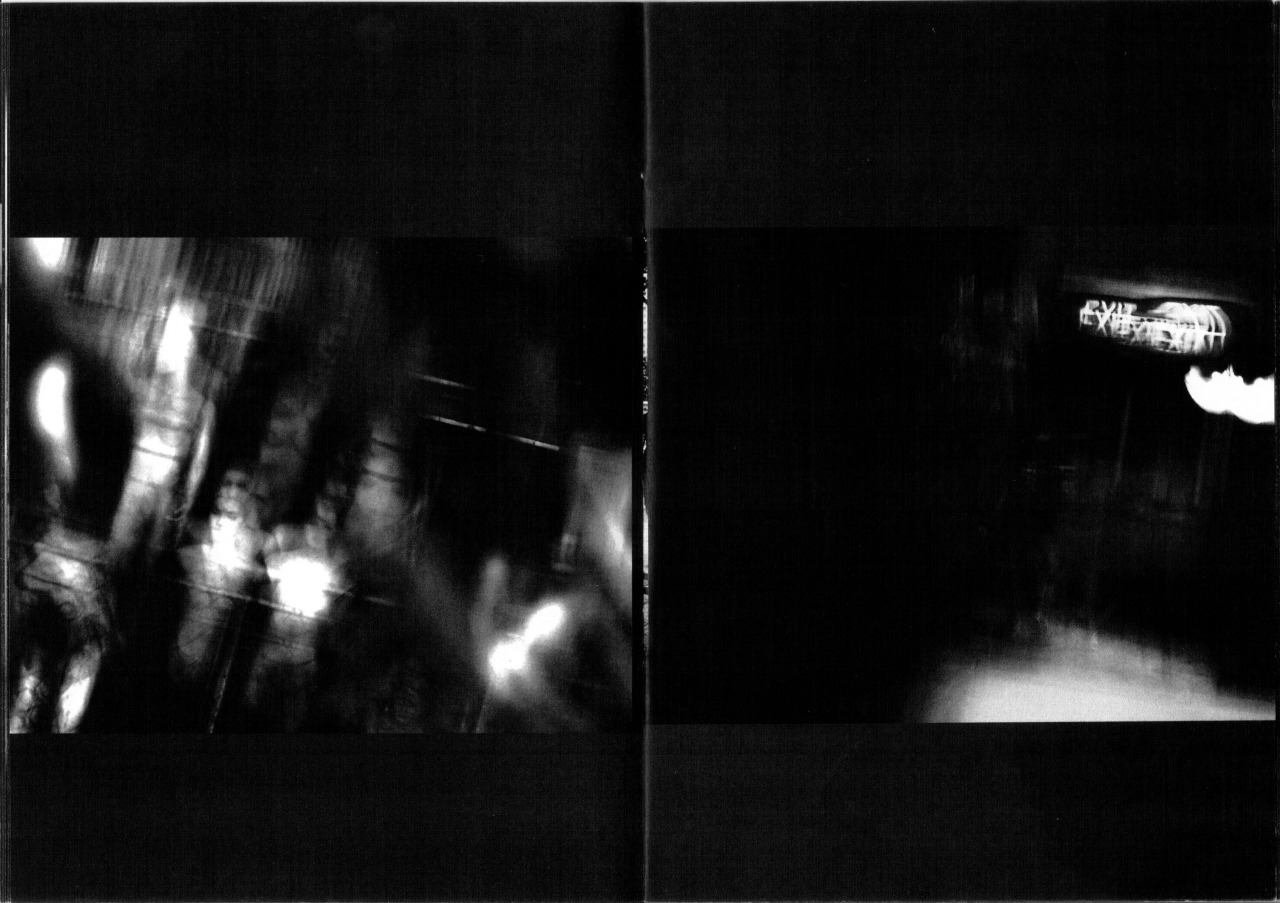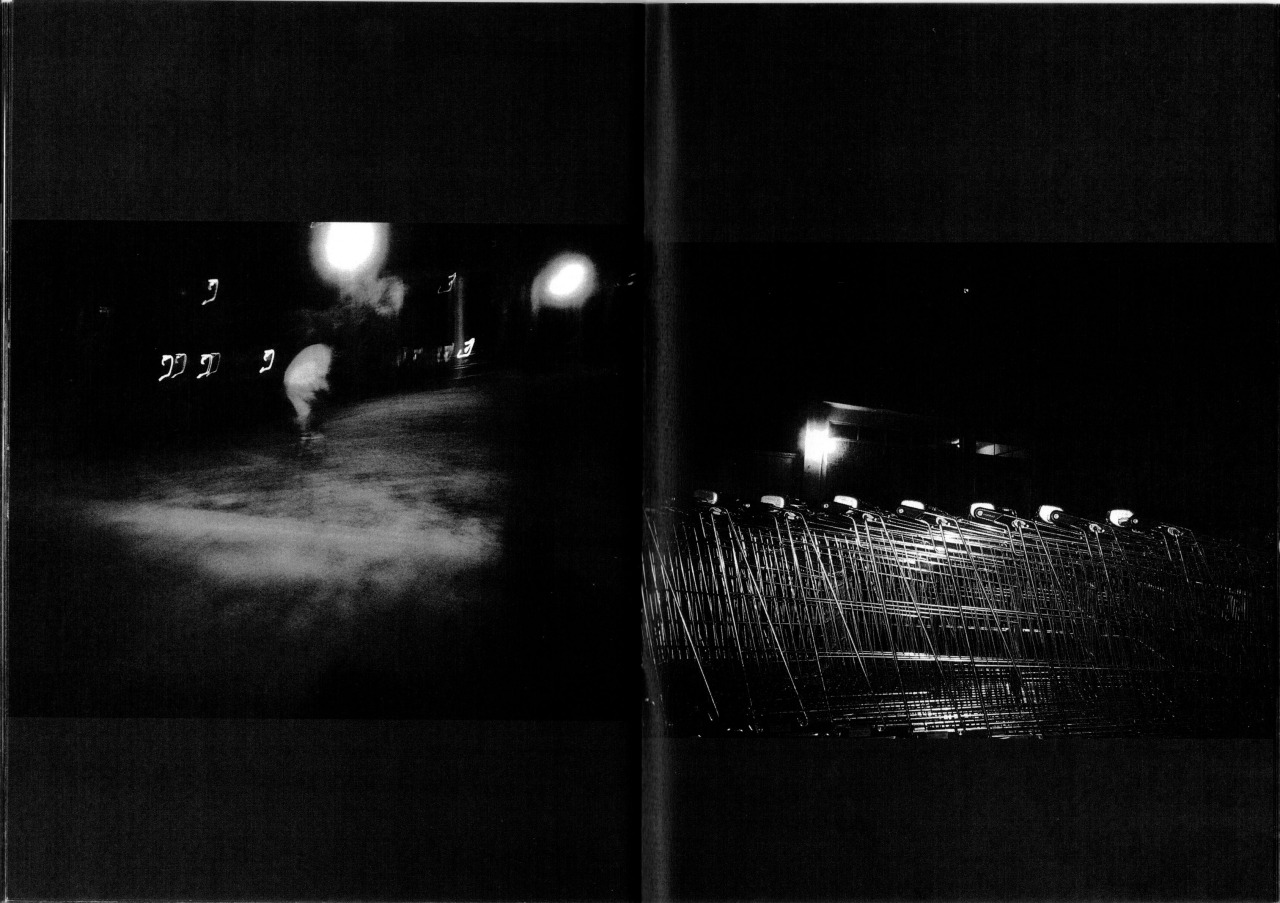These are the emotions I’ve chosen to express through lines & their definitions.

attraction; (noun)
a quality or feature that evokes interest, liking, or desire
My imagination:
– towards a single point
– almost touching
– long, flowy lines
– lively
– directional

longing; (noun)
a yearning desire
My imagination:
– long lines
– draggy
– slow movement

passion; (noun)
1 strong and barely controllable emotion
2 an intense desire or enthusiasm for something
My imagination:
– imagery of burning fire
– growing outwards
– transition from small to big

ecstasy; (noun)
1 an overwhelming feeling of great happiness or joyful excitement
2 an emotional or religious frenzy or trance-like state
My imagination:
– psychedelic
– swirls
– repetitive
– dynamic

eagerness; (noun)
enthusiasm to do or to have something; keenness
My imagination:
– transition of concentration
– slow to fast movement
– short, fast strokes

excitement; (noun)
a feeling of great enthusiasm and eagerness
My imagination:
– imagery of confetti
– short, wavy lines
– slight curves
– organised mess

amazement; (noun)
a feeling of great surprise or wonder
My imagination:
– adventure
– discovery
– journey
– long, wavy lines

surprise; (noun)
a feeling of mild astonishment or shock caused by something unexpected
My imagination:
– jumping
– widespread arrangement
– variety of patterns

wonder; (noun)
a feeling of amazement and admiration, caused by something beautiful, remarkable, or unfamiliar
My imagination:
– “wide-eyed wonder”
– uniform pattern
– complex & detailed composition
– more round than angular lines

torment; (noun)
annoy or provoke in an unkind way
My imagination:
– imagery of being trapped
– angular lines
– dark /black elements
– inconsistent arrangement

frustration; (noun)
the feeling of being upset or annoyed as a result of being unable to change or achieve something
My imagination:
– imagery of veins popping out
– fast, energetic strokes
– messy & inconsistent

temper; (noun)
a person’s state of mind seen in terms of their being angry or calm
My imagination:
– violent, angular strokes
– slightly wavy lines
– contrast of lines

tenseness; (adj)
in a state of mental or nervous strain; high-strung; taut
My imagination:
– straight lines
– close to one another
– slight gaps
– tension in all directions

panic; (noun)
sudden uncontrollable fear or anxiety, often causing wildly unthinking behaviour
My imagination:
– messy, wavy lines
– spreading out from a single point
– inconsistent arrangement

timid; (adj)
showing a lack of courage or confidence; easily frightened
My imagination:
– small dots/lines
– imagery of hiding
– static

depression; (noun)
feelings of severe despondency and dejection
My imagination:
– imagery of closing within self
– imagery of falling deep into something
– dark/black elements

regret; (noun)
a feeling of sadness, repentance, or disappointment over an occurrence or something that one has done or failed to do
My imagination:
– droopy lines
– u-turn
– downward direction

mourning; (verb)
feel regret or sadness about (the loss or disappearance of something)
My imagination:
– dark/black elements
– imagery of tears & rain
– long, wavy, downturned lines

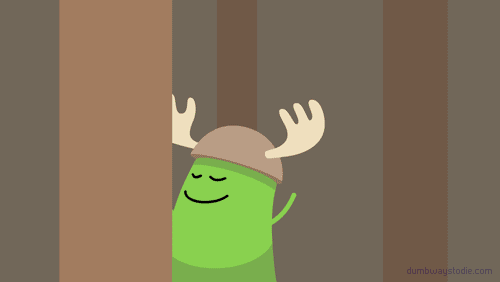

 Blue-pink-yellow-orange
Blue-pink-yellow-orange







































